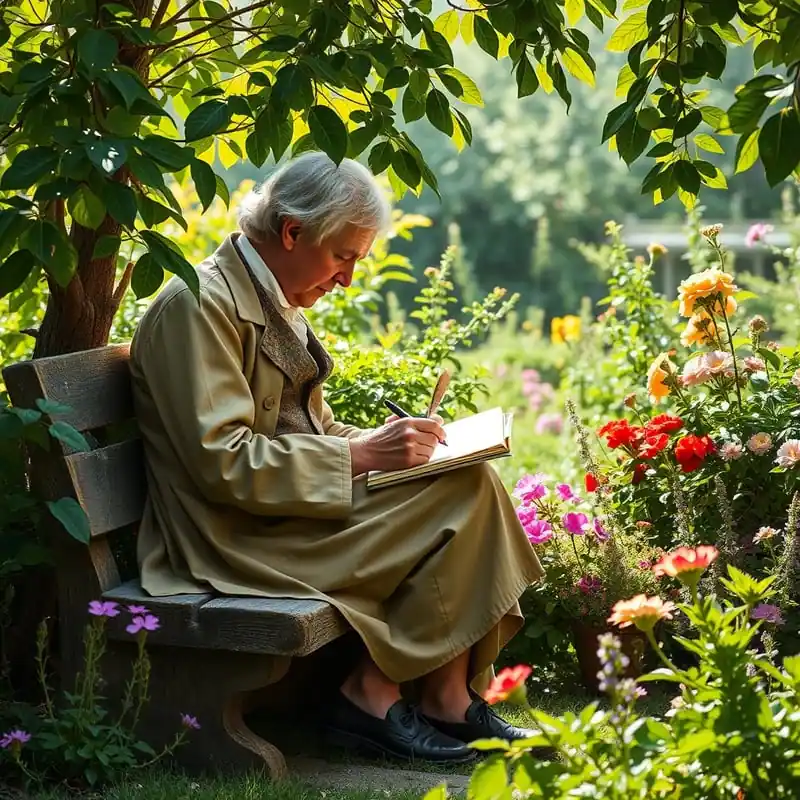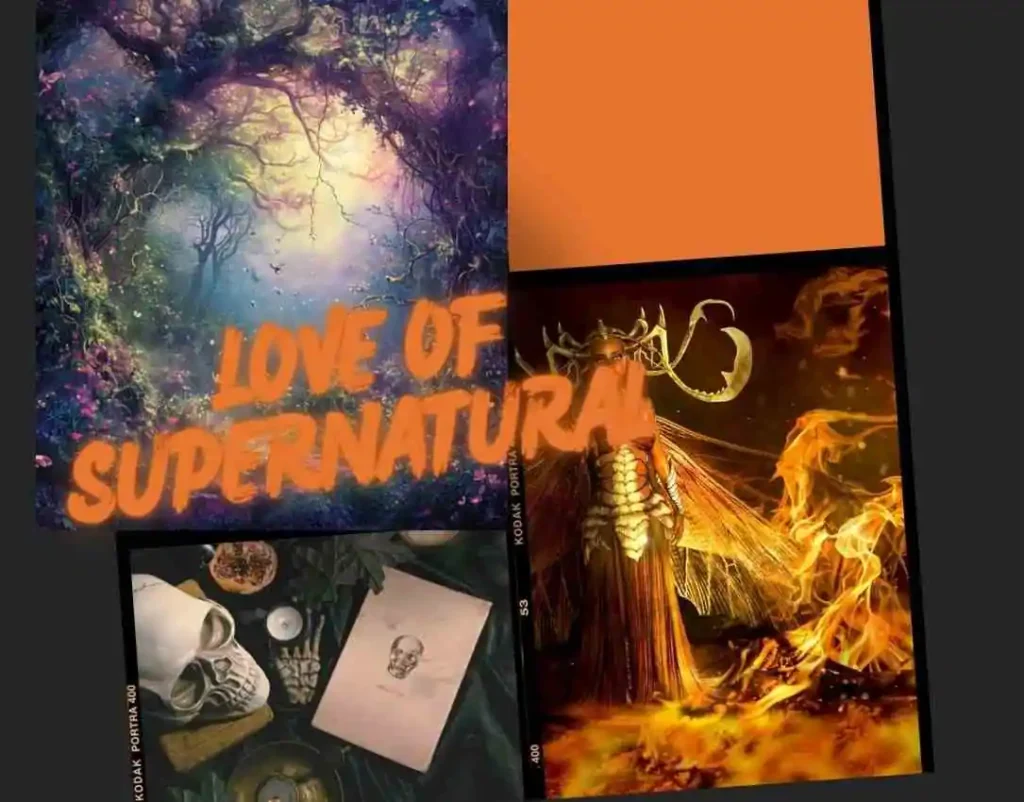The Romantic Period in English Literature and Characteristics
The article contains –
■ Which era is called Romantic Period in English Literature
■ What are the chief characteristics of Romantic Period
■ Who were the famous writers of Romantic Period
■ What is medievalism
■ What is escapism
What is Romantic Period in English Literature
The Romantic Period in English Literature is dated as beginning in 1785 or alternatively in 1789 (the outbreak of French Revolution), or in 1789 (the publication of Wordsworth’s and Coleridge’s Lyrical Ballads) — and as the ending either in 1830 or else in 1832, the year in which Sir Walter Scott died and the passage of the Reform Bill signaled the political preoccupations of the Victorian Era in English Literature.
Origin of Romanticism:
The literary movement of Romanticism is said to be first originated in Germany and gradually it spread to the rest of the Europe. Romanticism as a literary movement emerged during the first decades of the 18th century in England.
Term “Romanticism” Meaning:
According to Victor Hugo – “Romanticism is the opposite not of classical but of realism in literature.”
According to Rousseau – “Romanticism means the return to Nature”.
What are the characteristics of Romantic Period
• (1) Reaction against Neo-classicism:
Neo-classical writing is mainly the product of reason and intellect. It has no room for imagination and feeling. It is governed by set of rules and regulations. The neo-classicists approve of fancy, provided that it is controlled by intellect. The romantics revolt against this dominance of reason and intellect and exalt imagination and emotion.

The romantics sought inspiration and guidance from Spenser, Shakespeare and Milton. Wordsworth says that poetry is the spontaneous overflow of powerful feelings and that it originates in emotion recollected in tranquility.
Thus the romantic movement is in the nature of a revival of Elizabethan romanticism.
You may also like:
- Style of Charles Lamb as an Essayist
- 10 Interesting Facts about Romantic Period in English Literature
• (2) Subjectivity:
One of the characteristics of romantic school is subjectivity and egotism meaning the cult of original distinctive personality and the use of literature primarily for self-projection, self-analysis and self-absorption. The expression ‘egotical sublime’ which Keats once applied to Wordsworth is equally applicable to all romantics. The first and foremost article of the romantic creed is the affirmation of the personal pronoun ‘I’. There is hardly a romantic poem in which the poet does not talk about himself directly or indirectly.
• (3) Escapism:
Escapism is the distinctive feature of romantic movement. Being fed up with the stern realities of earthly life — its din and bustle, the fever and the fret, the romantics seek to escape from the world of facts to the world of ideal beauty and happiness.
The destinations of escape are, however, different. Wordsworth escapes to the world of nature and to the rustic society as in “Resolution and Independence”, Coleridge escapes to the world of supernaturalism in “Ancient Mariner”, “Christabel”, and to the world of dream-visit “Kubla Khan“.
Keats escapes to the dreamland of romance and beauty as in “Ode To A Nightingale” and of art “Ode On A Grecian Urn“. Shelley escapes not to the past, but to the future which will usher in a new age of peace, happiness, liberty, equality and fraternity. It is of the future that he writes in “Ode To The West Wind” — “If winter comes, can Spring be far behind?”
• (4) Return to Nature:
The romantic movement of the early 19th century has often been described as a ‘return to nature’s. Nature to the Romantics did not only mean the sights and sounds of Nature, but also mean the elemental simplicities of life.

The Romantics returned both to the beauties of external nature and to the simple life of the peasants and hill-dwellers who lived in close association with Nature, far away from the artificial civilization. In most of the great Romantic lyrics — Wordsworth’s Tintern Abbey, Resolution and Independence, Coleridge’s Frost at Midnight, Dejection: An Ode, Shelley’s Ode To The West Wind, Keats’ Ode To Autumn— a return to Nature is to be seen.
• (5) Medievalism:
Medievalism is a prominent characteristic of the Romantic movement. As the Middle Ages were essentially romantic, it was natural that the imagination of the Romantics should turn back to them in search of inspiration and themes. Coleridge, Keats and Scott sought inspiration from the Middle ages. They captured the medieval atmosphere of mystery, magic, superstition, terror, love of adventure and romance.
• (6) Love of the Supernatural:
The Romantics feel the presence of unseen powers in nature. They are attracted by the stories of fairies, ghosts and witchcraft.

Coleridge makes the supernatural appear natural making possible a willing suspension of disbelief. He creates horror not by description but by suggestions.
• (7) Revival of Lyrics:
The Romantics gave free expression to powerful feelings which was suitably expressed in lyric form.
Click to Read More:
Impact of French Revolution on Romanticism
Rabindranath’s View on Modern Poetry
Who were famous writers of Romantic Period
• Name of some great Romantics:
• (1) The Romantic Poets:
The Older Romantic Poets — William Wordsworth, Samuel Taylor Coleridge, Robert Southey, Sir Walter Scott.
The Younger Romantic Poets — Lord Byron, Percy Bysshe Shelley, John Keats
• (2) Romantic Essayists:
Charles Lamb, William Hazlitt, Thomas De Quincey
• (3) The Romantic Critics:
William Wordsworth, S.T. Coleridge, P. B. Shelley, Lamb, William Hazlitt, De Quincey
• (4) The Romantic Novelists:
Maria Edgeworth, Sir Walter Scott, Jane Austen
You May Like To Read More:
